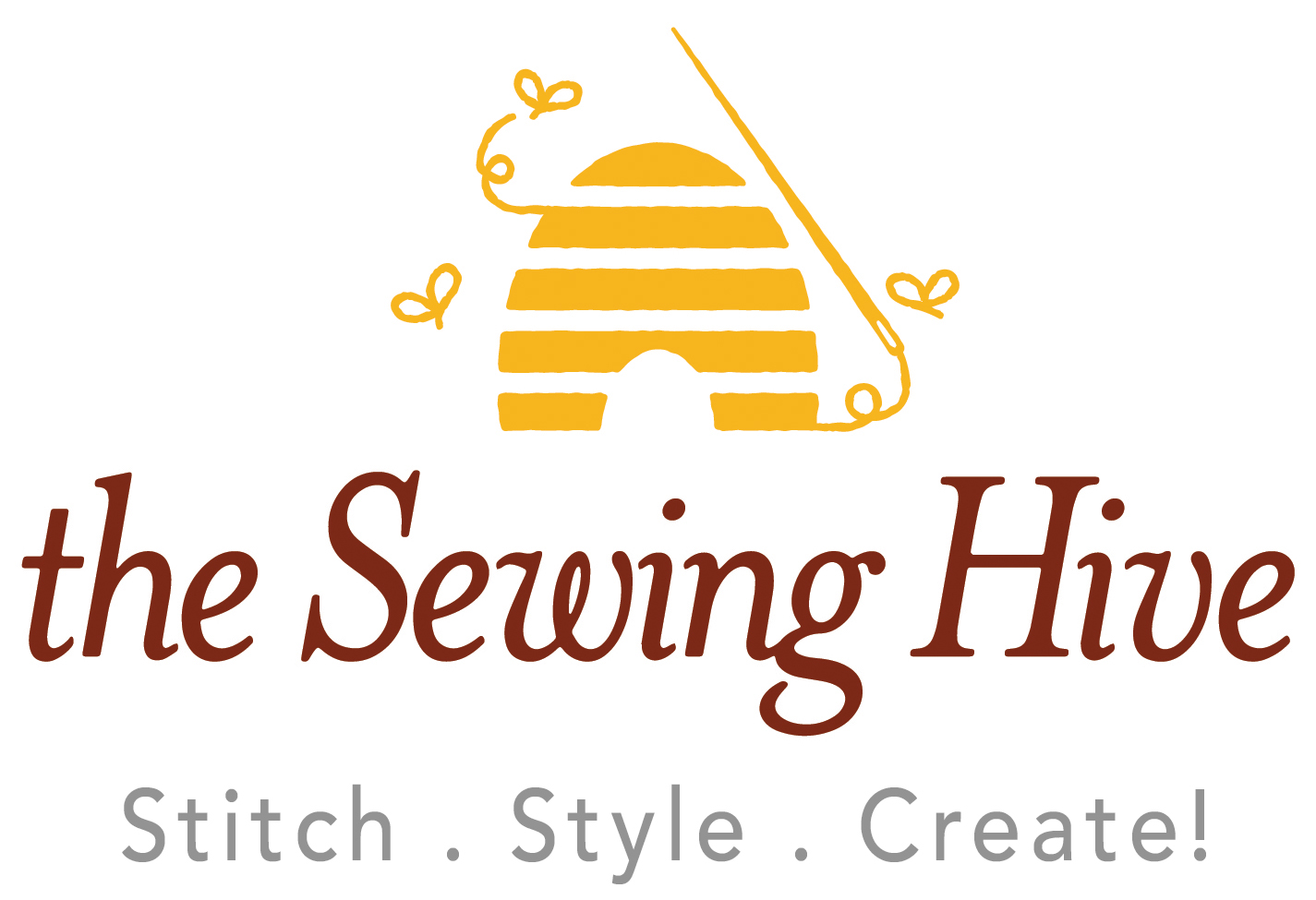By guest blogger, Helen Spencer, Founder/Editor of Hello Sewing
When the time comes for you to finally get your very first sewing machine, you should make sure to make the right choice. That machine will be your most important sewing tool and practically your work partner so it must be reliable, capable and trustworthy.
There’s a lot of different models out there for you to choose from, which means you could have a hard time picking the ideal one for your needs. But if you know exactly what you intend on doing with it and which features will allow you to that, you’ll be able to quickly find your new machine. Here’s how you to choose your first sewing machine.
Know your budget
Before you start your sewing machine shopping adventure, you must first decide what budget you can work with. Sewing on a budget is definitely doable, if you know Ideally you would want to buy the most expensive model you can afford, but if your budget is very big, there’s no need for that. Most of the expensive models have a lot of features that beginner wouldn’t use and they would just get in the way.
On the other hand, if your budget is quite low, you must avoid making one mistake - buying a cheap machine from a store that isn’t specialized for sewing. Instead you should find your local sewing machine dealer and buy a used model from them. Used sewing machines are usually sold in very good condition so you won’t even notice that it isn’t new.
Decide what kind of projects you’ll work on
Knowing what you will use your sewing machine for will be the key that unlocks the right type of sewing machine for you according to the sewing blog Hellosewing. Depending on the type of sewing work you plan on doing, certain machines will suit you more than others. There are three main categories of sewing work, and each one requires different features from the sewing machine.
Repairing and altering
Changing the hemline, adjusting the length of sleeves or pant legs, fixing tears and repairing clothing, as well as similar altering work requires a few specific features for your machine to have. First one is the free arm. With it you can sew round, cylindrical shapes like sleeves and cuffs very easily because it helps hold them in place. Second feature you’ll be needing is the blind hem presser foot and the blind hem stitch option. If you get a machine with these three features you will be able to do repairing and altering work without any difficulties.
Home decor
If you wish to use your sewing machine to create unique curtains, bedsheets, pillows and other decorative items, you should search for a machine which has an automatic option for this. This feature will give your home decor items a very professional look. Also, if you wish to sew thicker curtains your machine will need to be able to feed multiple layers of thick fabric.
Creating garment
To sew items like shirts, skirts, dresses and other clothing pieces, your machine needs to be able to sew few important stitches. Zig zag, stretch, and straight stitch will handle any task that you may encounter. An automatic buttonholer will make button sewing much easier, and an option to change the needle position will let you work swiftly and precisely.
Keep in mind that sewing multiple layers of tough fabrics like denim requires a powerful heavy-duty machine. It will pierce the fabric without jamming or breaking down.
Other considerations
Certain characteristics of a sewing machine can be considered trivial, but if they are important for you then definitely think of them one of the deciding factors when making your choice.
Noise
Some models produce more noise than the others, some are very quiet and some are practically silent. If you think that a noisy machine isn’t for you, make sure to check this characteristic before you buy it.
Weight
Extremely light machines are usually a bad choice because they are made of cheap plastic parts and won’t last long. On the other hand, heavier models are usually made of steel and they’re made to last.
Extras
Most machines come with some free accessories. Compare the extras you are getting with each model you are considering to make sure you get the most bang for your buck.
Do you want some non-standard options?
Bright LED lighting is important if you plan on sewing at night, as well as using very dark fabrics. Most of the entry level machines come with very poor light so either pick a machine with brighter light or make sure you have adequate lighting at your sewing space.
Speed control will help you keep the stitching speed constant regardless of the pressure you apply on the pedal.
Needle up and down stop position setting comes in handy because it helps you to keep the needle in the same spot while you turn the fabric. It is also good for quickly removing fabric from the machine.
Automatic 1 step buttonholer will turn buttonhole creating into a piece of cake. Just press a button or turn the dial and you’re done.
Did you like the article? Let me know in the comment section, I appreciate the feedback!

































